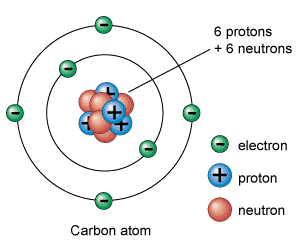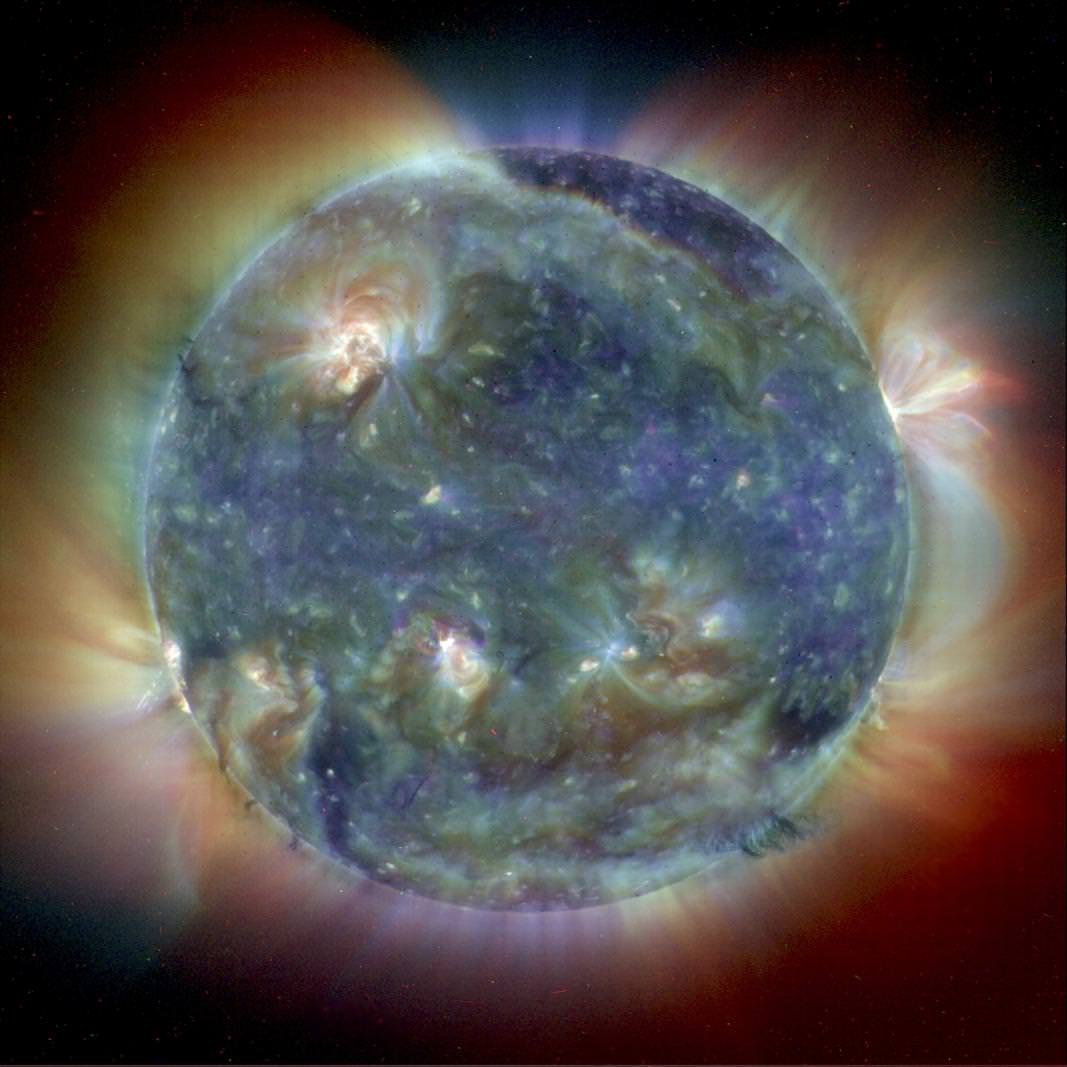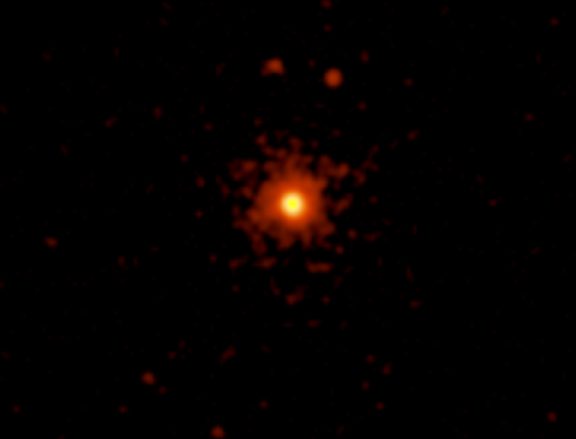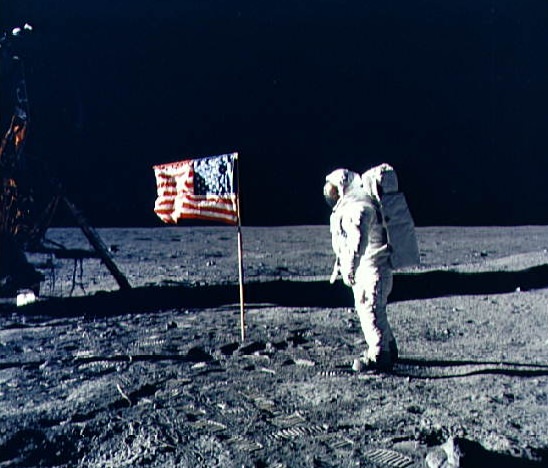[/caption]Despite the close proximity between the Earth and the Moon, there’s a big difference between the surface of the Moon and of Earth’s. Much of the difference between the two celestial bodies is caused by the absence of the following attributes on the Moon: an atmosphere, bodies of water, and plate tectonics.
Since the Earth’s Moon doesn’t have a significant atmosphere, nothing can stop even the smallest meteoroids from striking its surface. As a result, the lunar surface is heavily cratered. As a matter of fact, tiny craters are quite common even on lunar rocks. This was observed on the Moon rocks brought home by the Apollo missions.
By contrast, small meteoroids that pass through the Earth’s atmosphere are easily vaporized and hence are not able to form craters on the land below.
The absence of liquid water on its surface has allowed the Moon to preserve much of its ancient geological features. Here on Earth, erosion can alter and cover formations over time. Plate tectonics, which is also absent on the Moon, is another big factor that makes the terrain of the two celestial bodies different.
Here on Earth, plate tectonics cause volcanic activities, earthquakes, and sea floor spreading.
Due to the lack of water and atmosphere, the lunar regolith (also called “lunar soil”) is noticeably dry and devoid of air. It also does not contain anything organic. The regolith comes from meteor impacts that has plagued the Moon since its inception.
Impact crater sizes on the lunar surface range from the tiny holes that mark lunar rocks to the really big ones like the South Pole Aitken Basin that has a diameter of approximately 2,500 km. Younger craters are superimposed over older ones. This characteristic is used by scientists to determine the relative ages of impact craters.
Basically, it has been observed that the size of impact craters on the surface of the Moon have decreased over time.
Other prominent geological features found on the surface of the Moon include maria, rilles, domes, wrinkle ridges, and grabens.
The maria, which comprise about one-third of the Moon’s near side, are made up of flows of basaltic lava formed from volcanic activities that occurred in the younger years of the Moon. They were once mistaken for seas on the surface of the Moon, hence the name. Maria is the Latin word for seas. The near side refers to the side of the Moon that is constantly facing Earth.
Here’s a list of popular craters on Earth from Universe Today.
Come October 9, 2009, LCROSS will perform a lunar impact. Find out which crater NASA has chosen for the impact. If you want to know more about the largest crater on the Moon, NASA’s got the right stuff.
There are some interesting episodes from Astronomy Cast that we’d like to recommend:
The Source of Atmospheres, the Vanishing Moon, and a Glow After Sunset
The Moon, Part 1
References:
http://www.nasa.gov/mission_pages/LRO/multimedia/lro-20100709-basin.html
http://curator.jsc.nasa.gov/lunar/letss/Regolith.pdf










